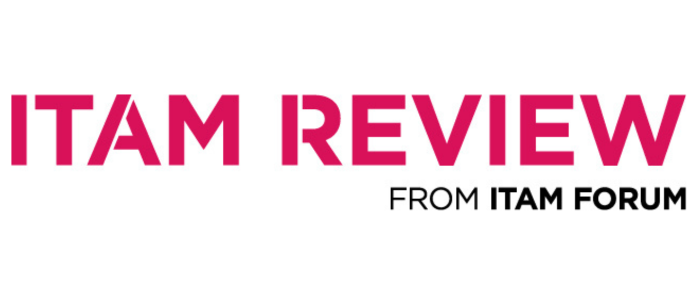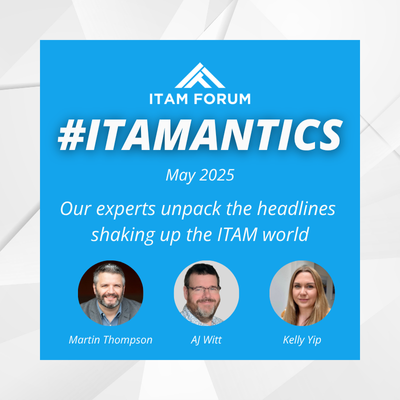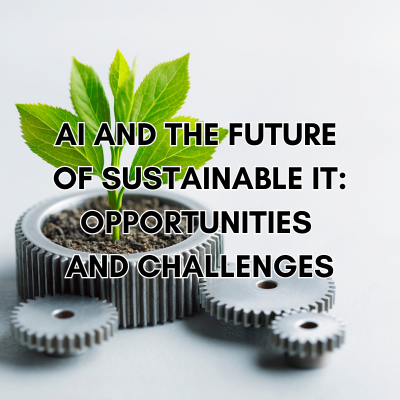An Introduction to Scope 4 Emissions
Executive Summary
For ITAM teams, sustainability is a core responsibility and opportunity. Managing hardware, software, and cloud resources now comes with the ability to track, reduce, and report carbon emissions. Understanding emission scopes—from direct operational emissions (Scope 1) to supply chain impacts (Scope 3)—is key to making informed decisions. These Scopes, defined by the Greenhouse Gas Protocol, are the pre-eminent method for measuring environmental impact.
But now, the landscape is shifting. A newer concept, Scope 4 (avoided emissions), is gaining traction, particularly in IT, as organisations seek to quantify the emission reductions enabled by digital transformation, circular IT models, and efficiency-driven software. Whilst not part of the GHG Protocol (yet), Scope 4 provides compelling evidence to shore up support for environmental initiatives that may be under pressure from geopolitical events or budget constraints.
This article explores Scopes 1, 2, 3, and 4 with a particular focus on how ITAM professionals can apply these frameworks to reduce environmental impact and align IT asset strategies with corporate sustainability goals.
With the expansion of emissions reporting frameworks, ITAM professionals have a growing opportunity to lead the charge in sustainable IT – not just by reducing impact but by actively enabling a lower-carbon digital future.
Download the white paper
Can’t find what you’re looking for?
More from ITAM News & Analysis
-
Broadcom vs Siemens AG - A Brewing Storm
The ongoing legal battle between VMware (under Broadcom ownership) and Siemens is yet another example of why ITAM goes far beyond license compliance and SAM. What might, at first glance, appear to be a licensing dispute, ... -
Shifting Left Together: Embedding ITAM into FinOps Culture
During one of the keynotes at the FinOps X conference in San Diego, JR Storment, Executive Director of the FinOps Foundation, interviewed a senior executive from Salesforce. They discussed the idea of combining the roles of ... -
Addressing the SaaS Data Gap in FinOps FOCUS 2.1
I recently reported on the FinOps Foundation’s inclusion of SaaS and Datacenter in its expanded Cloud+ scope. At that time, I highlighted concerns about getting the myriad SaaS companies to supply FOCUS-compliant billing data. A couple ...
Podcast
ITAM training
Similar Posts
-
ITAM Antics May 2025
Welcome to ITAMantics, where our experts unpack the headlines shaking up the ITAM world. In this May 2025 episode AJ Witt, Martin Thompson, and Kelly Yip explore the stories making waves across cybersecurity, licensing, and sustainability. ... -
AI and the Future of Sustainable IT: Opportunities and Challenges
In this episode, we’ll delve into the opportunities and challenges that AI presents for sustainable IT. While AI technologies offer significant potential for optimizing operations and improving energy efficiency, they also come with increased resource demands, ... -
ITAM & FinOps: Collision or Collaboration in the Cloud?
FinOps has long focused on managing cloud spend—but that’s beginning to change. In this episode, AJ Witt speaks with Jennifer Kuvlesky at Flexera about the March 2025 FinOps scope expansions and what they mean for SaaS ... -
A Strategic Approach to Managing AI as an IT Asset
Executive Summary AI is not just another passing trend—it’s a transformative force reshaping industries at an unprecedented rate. However, like any new technology, its spread across the enterprise is following a familiar and potentially dangerous pattern. ...




